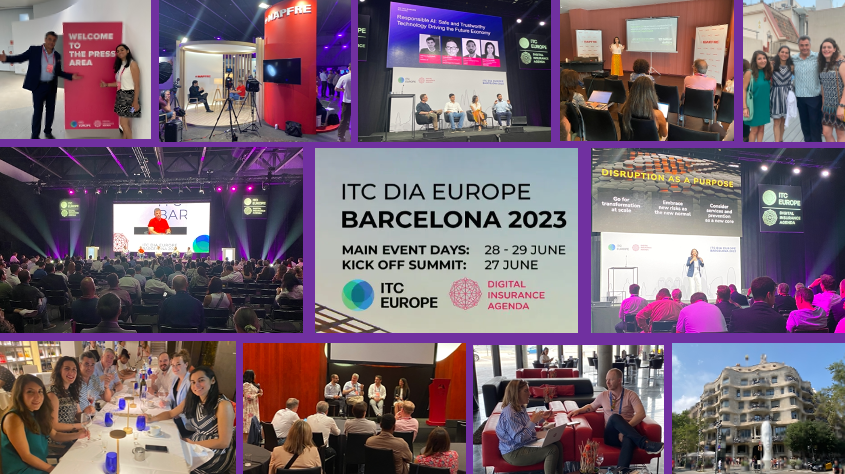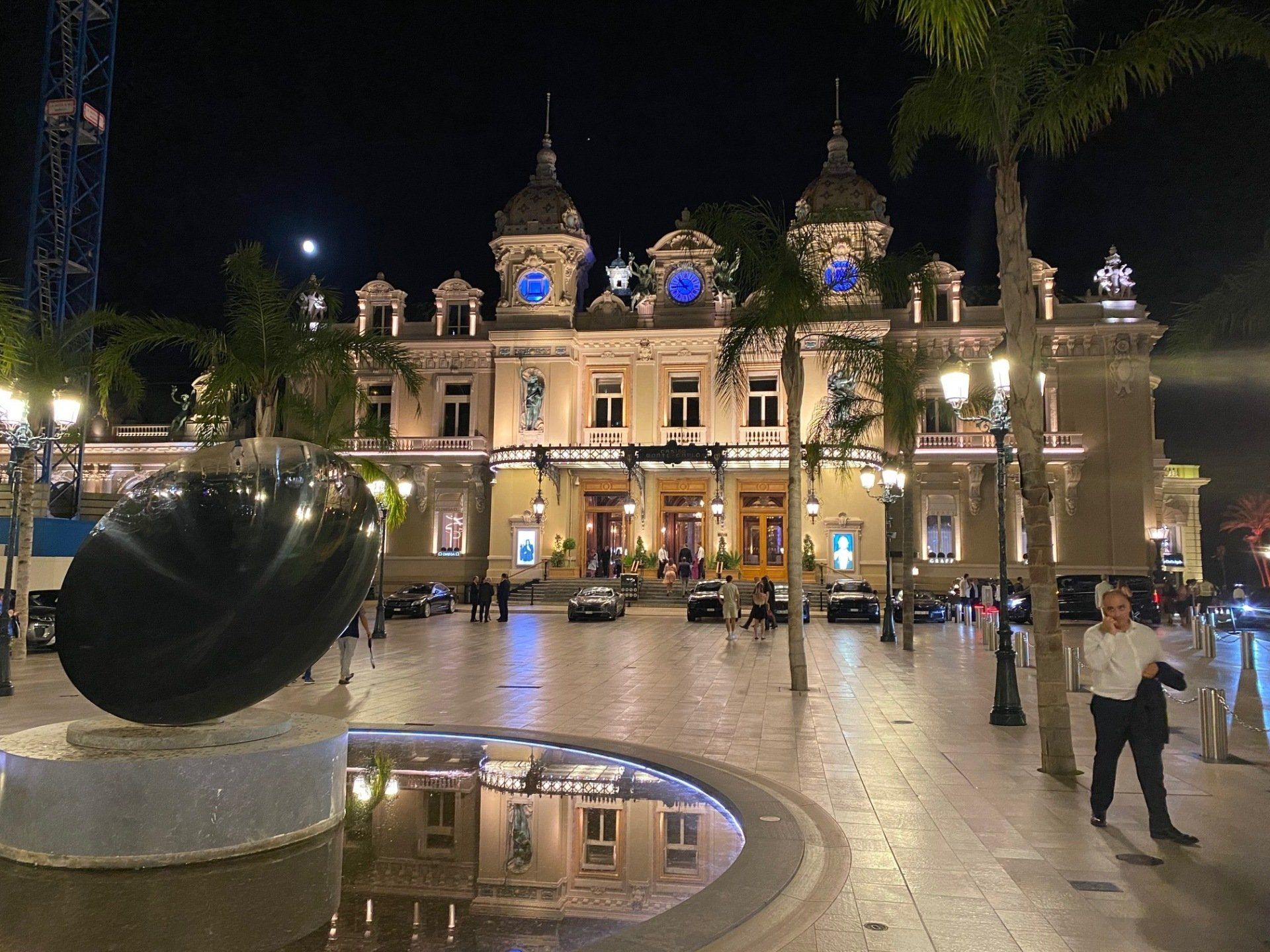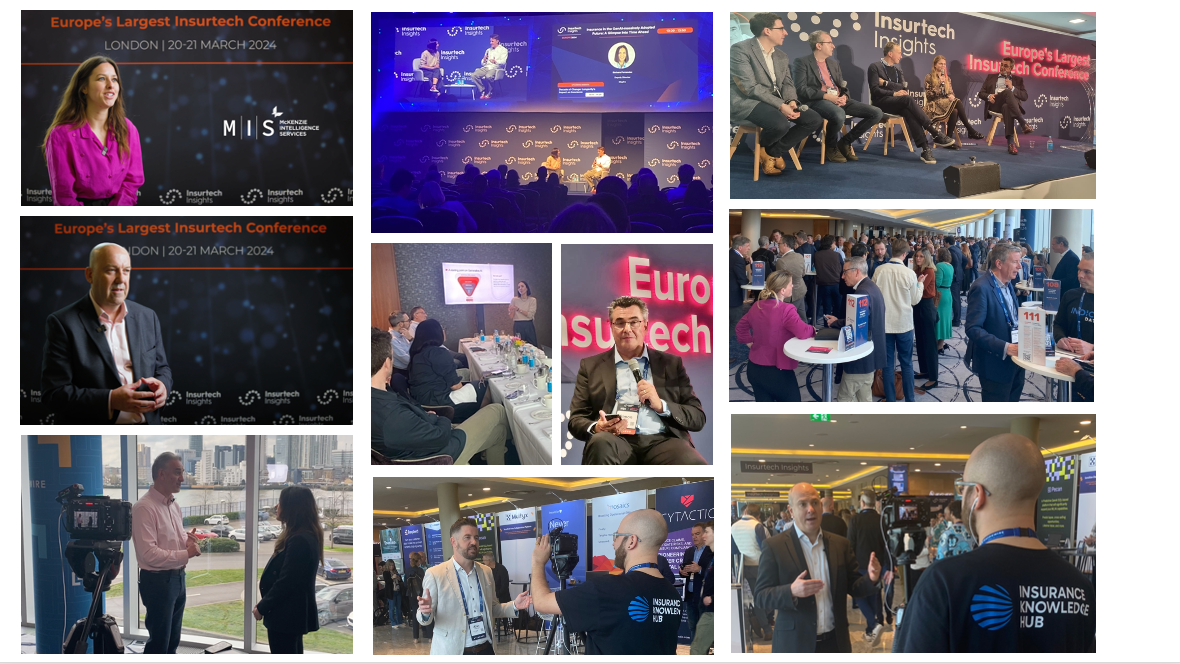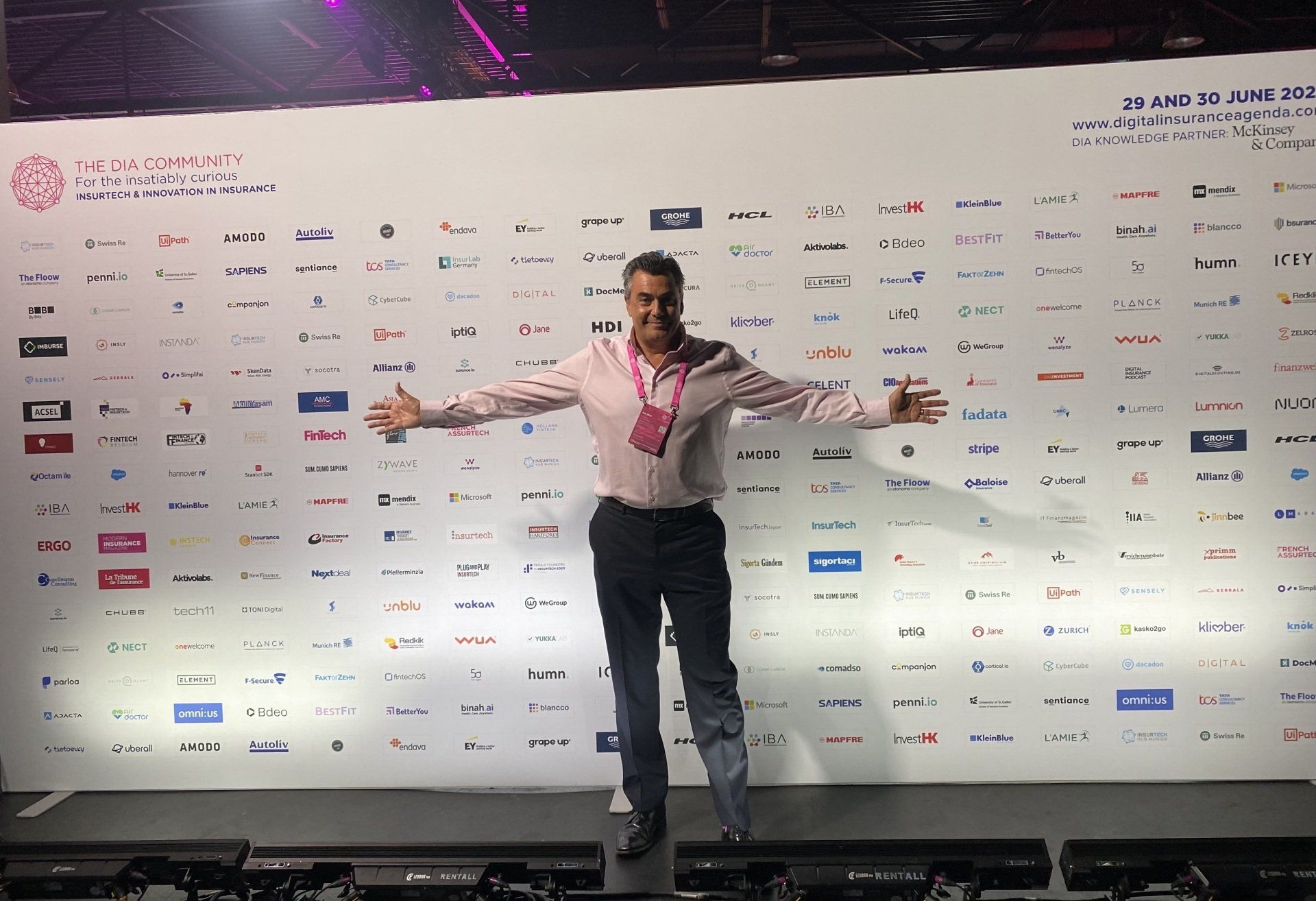Incumbents may be falling behind in the InsurTech race
As money continues to pour into insurtech ventures, there is evidence that only the big, global technology players and true venture capital firms have pockets deep enough to precipitate true disruption in the insurance space. Simon Hayes investigates where this will leave the incumbent players, and if they can they stay ahead in the race.
From Apple to Amazon, consumers worldwide have benefitted from revolutionary technological innovation that has made life faster, simpler and easier. However, while the global insurance sector is certainly not lacking in capital, it is painfully inefficient and has been slow to evolve in comparison.
Things are changing – fast. But the big question that will be played out over the next few years is whether incumbent insurers can adapt quickly enough – partly by partnering with technology companies – or whether a new wave insurtechs backed by serious investors from outside the industry steal a march and take the market by storm and surprise.
The evidence suggests that many traditional insurers still have a long way to go – and do not realise the risks they face. Indeed, DXC Technology recorded in its Defining the Future of Digital Insurance report published in 2017 that many insurance firms “disparage their [own] unsatisfying, paper-based customer experience.”
There is no doubt the market is ripe for disruption. But who will disrupt it? As Willis Re global chairman, Paddy Jago, stated in a Willis Towers Watson (WTW) news release in May 2018, incumbents have been receptive to digital innovation. But is it enough?
Missing the first wave
It is not as if insurers should not have seen this coming – the industry has been grappling with technology-led disruption for some time. As technology-focused investment bank Magister Advisors noted in a 2017 insurtech blog the first true wave of disruption emerged in the form of price comparison websites (PCWs) almost 20 years ago now.
There are now more than 50 comparison sites for insurance worldwide. They remain mainly focused on the B2C side of things, but many believe it will only be a matter of time before they start to make inroads into the B2B world.
Magister Advisors went on to say that for the industry to be fully disrupted it will require new fully digital insurers. This belief is mirrored by both incumbents and venture capitalists (VCs) and is summed up by another finding from the DXC report which states that “63 percent of insurance executives expect their strategy to become entirely digital over the next three years”.
This acceptance that the industry is on the brink of major change is evidenced in the extent to which the investment volume in insurtechs continues to grow – most notably up 155 percent in the first quarter of 2018 from the same period a year ago.
But this only reveals part of the picture. This has also led to a rapidly evolving and increasingly intricate landscape, where different types of insurtech firms from disruptors to process innovators require both different kinds of investor and levels of funding.
Match making
Getting the right match can be a complex and lengthy process. Traditional VCs typically search for explosive value creation and look to insurtechs that focus on consumer pressure points and can disrupt and challenge the status quo of the current value chain. In contrast, incumbents look to invest in insurtechs to improve their own practices and drive innovation.
Willis Towers Watson (WTW), in its quarterly InsurTech Briefing Q1 2018, uses the example of Root, a product-centric insurtech focused on providing “fairer, simpler and more affordable insurance to its customers”.
WTW notes that addressing “distribution costs, claims handling and underwriting excellence”, are some of the biggest challenges incumbents face in their value chain – making companies in this space an attractive investment to an incumbent player.
More recent examples of insurers embracing insurtechs to support their own future development can be seen in the recently launched Lloyd's Lab and the well-established accelerator Startupbootcamp, which recently launched CoLab, which focuses on a partnership-based approach.
Numerous so-called accelerators such as XL Innovate, Allianz X and QBE Ventures, which are all active in the market, have also been formed by incumbent players trying to replicate the nimble nature of true VC firms, allowing them a wider scope to make investments quickly.
And then there are vehicles which are basically true VCs but dedicated to the insurtech space. These include Aquiline Technology Growth, part of VC Aquiline Capital Partners. Led by industry veteran Jeff Greenberg, this is an interesting business in that it seeks to invest in early- and growth-stage technology companies that can bring innovation to the insurance and financial services ecosystems. One investment it has made is in Simply Business, a technology-driven insurance broker/managing general agent operating in the UK in commercial lines for small and medium enterprises.
Finally, Eos Venture Partners’ model offers a hybrid system, that combines a traditional VC approach with the strategic interests of incumbents. For a typical VC, the investment cycle is completed with an exit, but the hybrid system allows for innovation to be aided by the expertise of incumbents. The success of this method is evidenced by the fruitful exits of two of its early investments for a combined valuation of +$1billion.
A global phenomenon
When considering the presence of technology, the landscape of insurtech is truly global. Indeed, the Americas, Europe and Asia have all been a component in the growth of both insurtech and its investment.
The US is by far the biggest source of investment in insurtech, however, in 2017 insurtech-related M&A in Asia was three times 2016 volumes with transaction volumes reaching $460 million. China and India accounted for a significant 73 percent of these transactions, while Hong Kong, Singapore and other Asia markets accounted for the other 27 percent.
WTW’s Kevin Angelini, head of strategy for the Insurance Consulting and Technology business for Asia Pacific, in a news release in April 2018 said: “Hong Kong and Singapore have well-regulated free markets, mature insurance customers, and access to international capital markets. As companies seek insurtech transactions to tap into new technologies, they are looking mostly to Asia, and in particular Hong Kong and Singapore.”
Complex challenges ahead
But despite the buoyancy of the sector, insurtechs have many challenges ahead if they are to succeed in truly disrupting the insurance sector, not least of which is the scale of funding required to make a real impact. Again, WTW notes in its report the complexity of entry into the highly regulated, well capitalised insurance industry.
Many insurtechs instead see the managing general agent (MGA) segment as an easier way of breaking into the market, as the barriers to entry to becoming a full stack insurer are relatively high. An exception to this is the rise of so-called peer to peer (P2P) insurers such as Laka, the bike insurer, Germany’s Friendsurance, and the now defunct UK motor insurer Guevara. Disruption’s not always easy.
There is also an army of advisors looking to support insurtechs, but what they really need if they are to become more than another distribution arm for insurers are much greater levels of investment than either the traditional VCs or incumbent insurers are currently offering.
So where will the investment for true disruption come from?
While both incumbents and traditional VCs remain the main sources of investment for insurtechs, accounting for 66 percent of transactions, interestingly, of the seven insurtech transactions raising over $30 million in the fourth quarter of 2017, only one incumbent insurer participated. The other funding was dominated by traditional VC money.
This could be an early indication that, in terms of making the big investments designed to disrupt the market, the incumbents could be starting to be left behind.
Meanwhile, some 20 percent of insurtech investments are coming from other big technology companies. Companies such as such as Google, with their considerable resources, have the potential to make game-changing investments.
The US, in particular, has seen a big rise these players investing in this space, particularly in healthcare insurance –as evidenced by Google Venture’s participation in the funding of Clover Health. Amazon has also been rumoured to be interested in investments in this space.
And then there is China, where technology investment companies Tencent and Alibaba are making significant commitments, such as into all-digital Zhong An Insurance, established in 2013 and now capitalised at over $5 billion. In China, they are not only operating on a different scale to incumbents and conventional VCs, they are also able to tap into a highly developed tech eco-system and vast numbers of buyers in the Asian market.
The question is, is Europe and the US worth the effort? Insurtech entrepreneurs who really want to innovate and create the biggest disruption in the insurance industry, as full stack, digital insurers, can surely learn from companies like Zhong An. They will need, however, the backing of the next generation of investors, with bigger budgets than the traditional VCs and incumbents.
It is certainly starting to appear that, unless the more forward-thinking incumbent insurers start to dig deeper into their very deep pockets, it will be VC firms and technology companies that could lead the way in revolutionising the industry – potentially taking the spoils as they do so.
This article, by Simon Hayes, M.D. of NextGen Communications, was published in www.intelligentinsurer.com on 11 December 2018
#InsurTech #Insurance #Investment
News & Views











